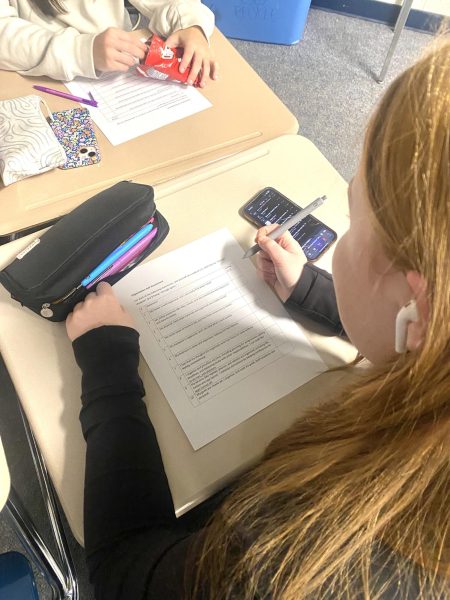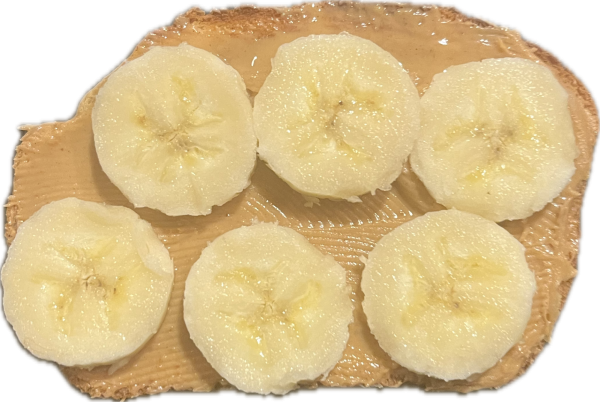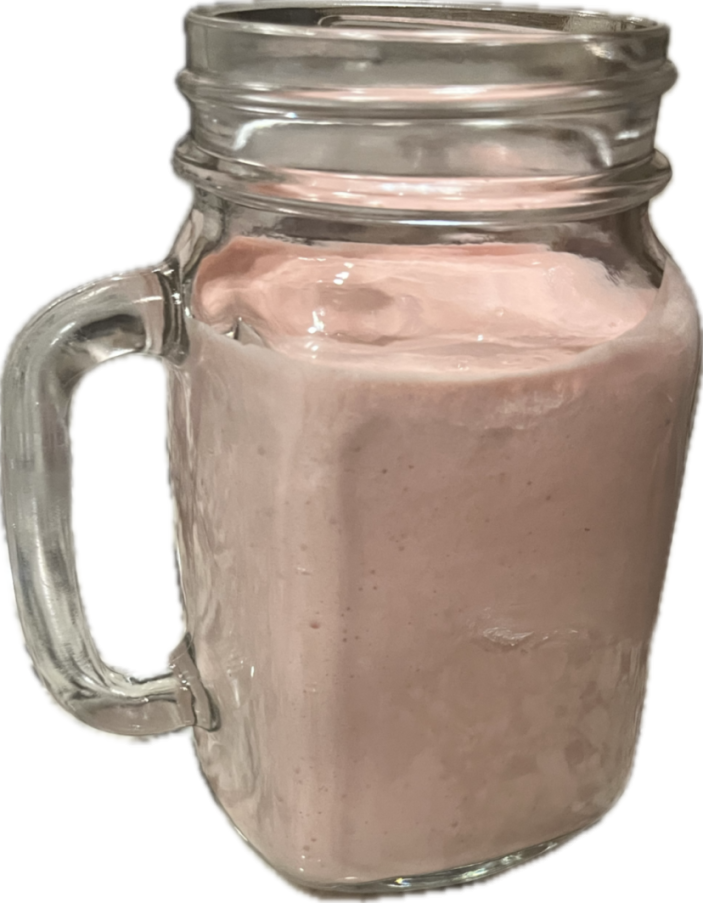Body vs. image
Suck in, chin up, shoulders back.
Modeling is a world full of rules, routines and criticism. Yet, some teenagers compare their bodies with those of models.
“I believe social media may play a role in perpetrating negative body image, particularly in susceptible individuals, because those using social networking websites are more likely to compare themselves to other,” Medical Nutrition Therapist Karen Giles-Smith, MS, RDN said.
Body image is a high cause of self-esteem issues amongst high school students. Social media and television broadcast women and men who are modelesque, leading some teens to feel that is what society looks for in a perfect body.
“As the saying goes, ‘compare and despair,’” Giles-Smith said.
An estimated 61 percent of teen teen girls with low self-esteem talk poorly about themselves, more than 40 percent of teen boys in school exercise to bulk their muscle, according to a Utah Health Care (UHC) study. Some 18 percent of adolescent boys are worried about their weight and physique, according to research conducted by Journal American Medical Association (JAMA) Pediatrics.
“Poor body image has been linked to diminished mental performance, low self-esteem, anxiety, depression, sexual dysfunction, dieting and eating disorders, according to research by Brown University,” Giles-Smith said.
Struggles overwhelm high schools across the nation. For example, an estimated 11 percent of high school students are diagnosed with an eating disorder. Disorders such as anorexia and bulimia are real and dangerous. They are aggressive and reflect on the negative side of body image amongst teens.
“I don’t think there is such thing as a perfect body, because everybody has their own goals. Some people want to be curvy. Some people want to be skinny. Some people want to be tall or short,” junior Danielle Anthes said. “So I think labeling models as perfect is strange. People should be confident and feel pretty, because everybody has their own ideas of what perfection is.”
Your donation will support the student journalists of Eisenhower High School. Your contribution will allow us to purchase equipment and cover our annual website hosting costs.





